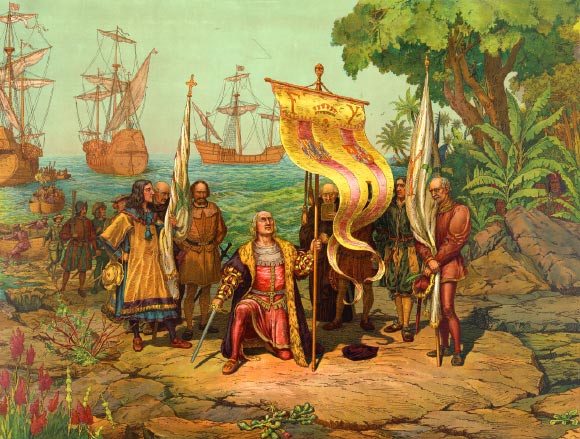Mary Matilda Brown was born in Sea Point, Cape Town, Western Cape, South Africa on 20 July 1847. She advocated for social and moral reform and was a campaigner for women’s rights. Brown trained as a midwife in Scotland. She actively participated in the temperance movement against the trade of alcohol.
This moment’s gaping generational divide, exacerbated by the Covid-19 pandemic, with its accompanying sense of history being lost and collective memory fading, comes into sharp focus when speaking to social documentary photographer and artist, Omar Badsha.
The 75-year-old Badsha is a political and cultural elder. A colossus.
This Historic Town, is a living Museum with a vibrant 'Street Culture'. The Town has a variety of soils and locations ideally suited to flourishing of a wide variety of grape cultivars. This has seen Stellenbosch continue to dominate the South African wine scene in terms of quality.
European Expansion
Impact of Slave Trade and Colonisation on Indigenous Societies at the Cape
Terms You Need to Know:

Christopher Columbus arriving in the America. Image Source
Abolition: The ending of a law, a system or an institution. During the 19th century, the Abolition of Slavery Act ‘officially’ ended slavery in 1834.
This topic follows on from the previous one. Having looked at a period when it was not clear that Europe would dominate the world, this topic now explores how and why, in less than two centuries, Europe was able to colonise large parts of the world. The focus is on the early processes of colonisation and the consequences on the colonised societies, on ideas of racial superiority and on the balance of power in the world. This should be a broad overview.
Hettie du Preez has made an outstanding contribution to the struggle against political and economic injustice in South Africa. She was a prominent figure in the trade union movement and in the leadership of a number of organisations. Du Preez became the leader of the Garment Workers Union (GWU) in the 1940s and 1950s. In 1947, she worked on launching a left-wing, non-racial women’s organisation.